How to create an unforgettable villain.
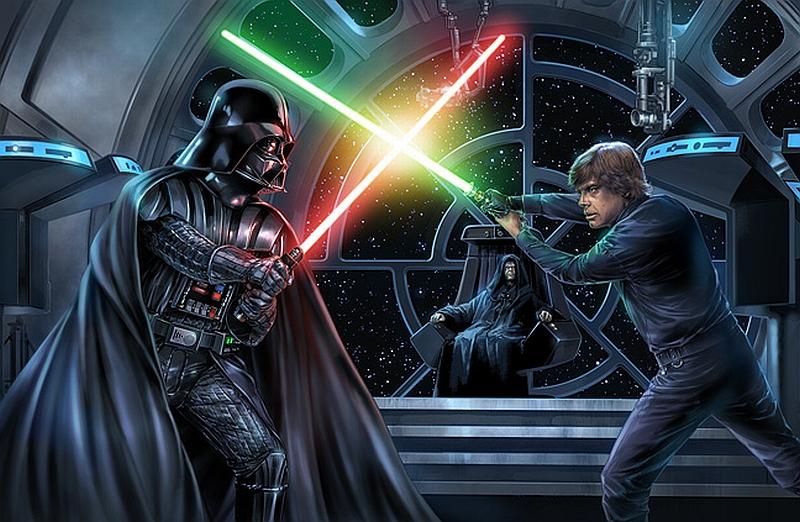
From Darth Vader to Count Dracula, some of the best novels and films feature unforgettable villains. Villains help define your story's hero, drive conflict, and capture the reader's attention. For this reason, in your story, villains are as important as the heroes.
Opposing the hero is the villain. However, this doesn't necessarily mean they're on the "wrong" side, just that they directly oppose the story's hero.
Like the rest of the supporting cast of a book, the key to writing villains is giving them their own character arc, goals, and complex personalities. As we've written many times, secondary characters are crucial for world-building and influencing the hero's character arc, and among them, the role of the villain is to provide conflicts and struggles for the hero to overcome.
What is a villain?
A villain is a type of secondary character in your story who directly opposes the hero. Typically, they are intentionally malicious, but it's not always necessary. On the scale of subjective morality, the villain might even be considered "good" by a certain audience or in a certain context.
The main characteristic of a villain is how they relate to the story's hero. For example, if the "hero" of a story is a serial killer, the "villain" is anyone who opposes them: law enforcement, victims, unsuspecting family members who are close enough to uncover their crimes. We see villains through the eyes of our hero, making it easier to understand them as villains, even if we wouldn't see them that way from a neutral perspective or our own.
Although a villain is often associated with "evil," their only requirement is to directly oppose the protagonist. The most interesting villains are those who, if you really consider what they're saying, make valid points.
Do you need to create a villain?
So, does your story really need a villain? It depends on your story! Villains can take many forms, just like stories. There are no strict rules for writing, but here are some reasons why stories need villains:
Your story needs a villain to provide the protagonist with someone to oppose..
To make a story interesting, friction and conflict are essential. Often, these conflicts arise from a villainous character, but a "villain" could be something other than an individual. It could be a group of characters, an organization, a concept, a natural disaster, and more. There are no limits to villains, just as there are no limits to stories.
A villain provides a contrast to the hero.
To emphasize a trait of your hero, an excellent way to do it is by giving your villain or opposing character a contrasting trait. For example, if your hero is warm and empathetic, your villain could be cold and insensitive. This contrast helps further develop the main character.
Villains make the story engaging!
Think about your favorite villains. The fact that many people have favorite villains they remember is proof that villains make stories fun and interesting. What was the most memorable part of 'The Dark Knight'? Heath Ledger's Joker, of course. Villains bring excitement and color to the story, as well as providing an opposing force for the hero to overcome.
Characteristics of Villain Characters
Here are some typical traits we expect to see in most villain characters:
Villains should be "interesting".
They don't necessarily have to be likable, but they should be interesting and sometimes even intriguing. Your villain is just as crucial to the storytelling as the hero. If there's no one opposing the hero, the story might become dull.
Credible backstory.
Building your villain's backstory is as important as building the hero's. You should consider where they started, how they got to this point, and what in their past built the current motivation that drives them to oppose the hero. Even if you don't fully reveal their entire backstory in the story itself, constructing a rich origin for your villain will influence how you write them.
An adversary.
For a villain to be relevant, they need an adversary. This adversary might not be the hero directly. It could be an entire city, an organization, a concept, or even a natural disaster. There are no limits to the variety of villains, but it's essential that there is a conflict to overcome.
Morality.
Since morality is subjective, your villain should have their morality. Their actions and logic might not align with the hero or the reader, but they should have their moral compass. Where do they draw the line between right and wrong? How do they justify their actions? Why do they believe their "evil" goals are valid? Your villain's motivation is a key aspect of developing a complex character.
Relevance/connection to the hero.
It would be rather dull to have a random villain against your hero. There should be a specific relationship between the villain and the hero. This relationship could stem from a past history or something the hero represents.
Tips for Creating Memorable Villain Characters
Here are four things to keep in mind when creating a compelling villain:.
Empathize with Your Villains
To create convincing villains, try to understand them deeply. Investigate their past, motivations, and what drives them to believe in their cause. Understanding your villain's origins can help you make them a complex and intriguing character.
Focus on Their Motivation
A believable villain should not act "just because they're evil." Instead, they should genuinely believe that what they're doing is justified. Even if their actions seem wicked, try to bring out the reasoning behind them. For example, Thanos believes that by eliminating half of the universe's population, he's helping. Although there are flaws in this plan, it's essential that your audience can follow the villain's logic, even if they don't agree with it.
Create Complexity
An engaging villain should have nuances and recognizable qualities. Even if they are evil, they might have positive aspects or facets of their personality that make the audience ambivalent. Show them in situations where they demonstrate kindness or reveal a human side. This will make them more realistic and fascinating. An interesting villain is gray, with shades of good and evil, just like real people.
Write a Strong Introduction
The villain's introduction is crucial. It should capture the reader's attention and bring out their distinctive personality. For example, take Anthony Hopkins' Hannibal Lecter in 'The Silence of the Lambs.' His first appearance in the cell is calm and unsettling, with a controlled and measured personality. This scene introduces the character as a captivating and terrifying individual, clearly defining his role as one of cinema's most iconic villains.
These tips can help you create convincing and engaging villains that will enrich your story and capture the readers' imagination.
Examples of Villain Characters in Literature
Villains are some of the most memorable characters in literature. They make significant strides, often wholeheartedly represent something they believe in, and their costumes are usually much more beautiful than anyone else's. Here's a list of some famous villains you're likely familiar with, along with how they are villains.
Mrs. Danvers in "Rebecca"
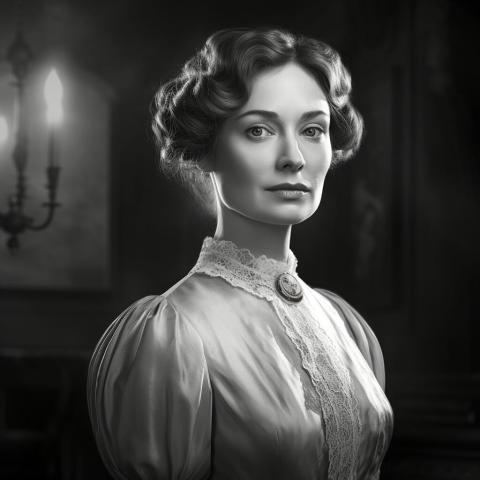
Few book scenes evoke genuine terror as those in "Rebecca," where Mrs. Danvers tries to persuade the main character to jump from a window. Her obsession is so profound that it actively drives her toward murder, characterizing her as the story's primary antagonist. Mrs. Danvers displays such extreme dedication to the memory of her former lover, Rebecca, that she's willing to commit extreme acts to prevent anyone daring to replace her.
The White Witch in "The Chronicles of Narnia".
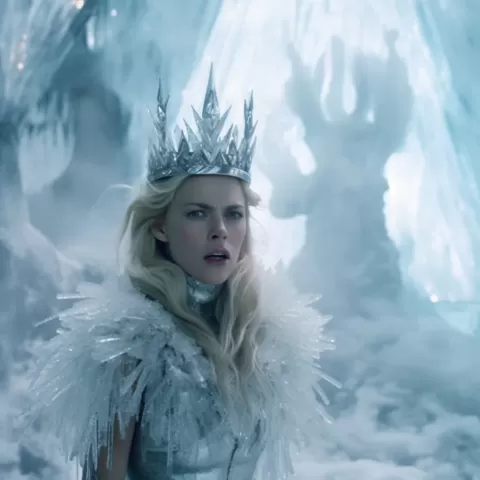
When the White Witch, also known as Jadis, is introduced, her malevolence is remarkably highlighted. She ruthlessly tortured her subjects, held no value for human lives, and demanded absolute submission and servitude from all. As her world plunges into darkness and despair, she clings desperately to an innocent child in her desperate escape. She goes to great lengths to oppose the main characters in the book. Her ferocity is such that she attempts multiple times to end the lives of virtually all the main characters in the book, in addition to her extreme act of crucifying a key character, a clear allusion to the biblical betrayer, Judas. The name "Jadis" itself strongly evokes associations with sin and wickedness, unequivocally characterizing her as an antagonist. In the Narnia novels, steeped in Christian allegory, Jadis emerges as one of the most markedly polarized villains, characterized by total lack of redemption and unrepentant cruelty.
Lady Catherine de Bourgh in "Pride and Prejudice"
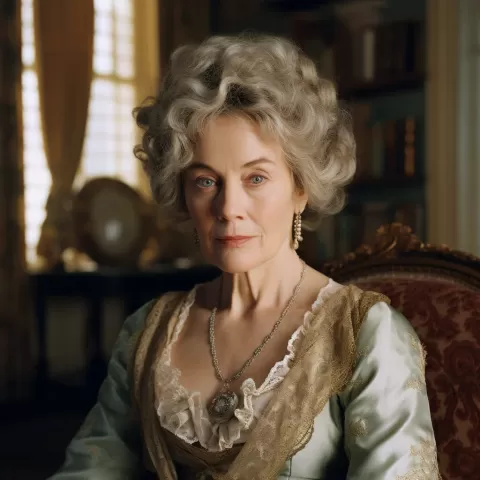
Lady Catherine appears as an antagonist opposing Elizabeth Bennet and Mr. Darcy, vigorously trying to prevent their relationship from developing. Her stubborn opposition even leads her to take extreme actions, like her unsettling nighttime visit to Elizabeth's house, during which she threatens the young woman to stay away from her nephew, Mr. Darcy. Lady Catherine's determination to separate the main couple characterizes her as a genuine antagonist in the plot.
Sid Phillips in "Toy Story"
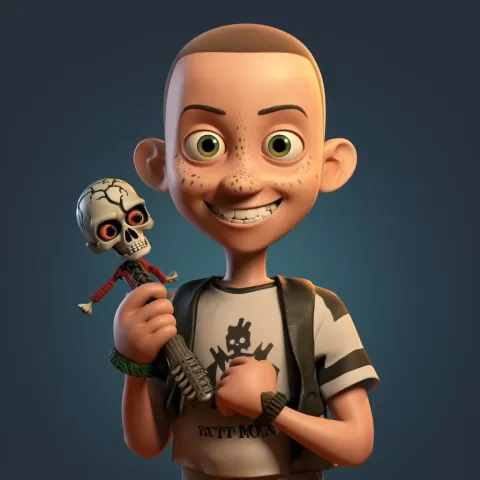
Sid is a fascinating villain because he isn't really doing anything wrong. He's an eleven-year-old boy doing typical eleven-year-old things. Throughout the film, he torments and torments our toy heroes, but he doesn't even know that the toys are sentient! When he realizes, he freaks out and flees. However, he is a villain because he directly opposes the well-being of the heroes.
President Snow in "The Hunger Games"
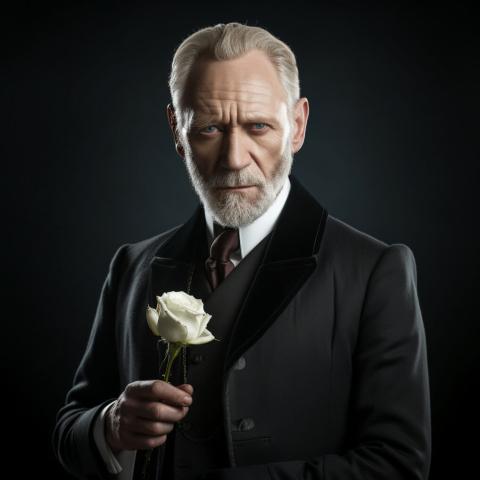
President Snow is undeniably a villain, with his primary goal of forcing children to fight each other to the death to maintain control over the nation and prevent uprisings caused by hunger and abuse. However, in "A Ballad of Songbirds and Snakes," the author provides a different perspective, presenting Snow as the hero from his point of view. This demonstrates that in literary terms, the concept of a "villain" is flexible and doesn't necessarily presuppose the intrinsic wickedness of the character. Instead, a villain is simply the antagonistic force opposing the hero.
Villain characters are a crucial part of a complete cast of supporting characters. Therefore, it's essential to pay them the same attention as the hero. After all, a hero is also defined by the antagonist who challenges them. Indeed, what would a hero be without a worthy villain to oppose them?"
When you subscribe to the blog, we will send you an e-mail when there are new updates on the site so you wouldn't miss them.
By accepting you will be accessing a service provided by a third-party external to https://www.insightadv.it/


































































Comments